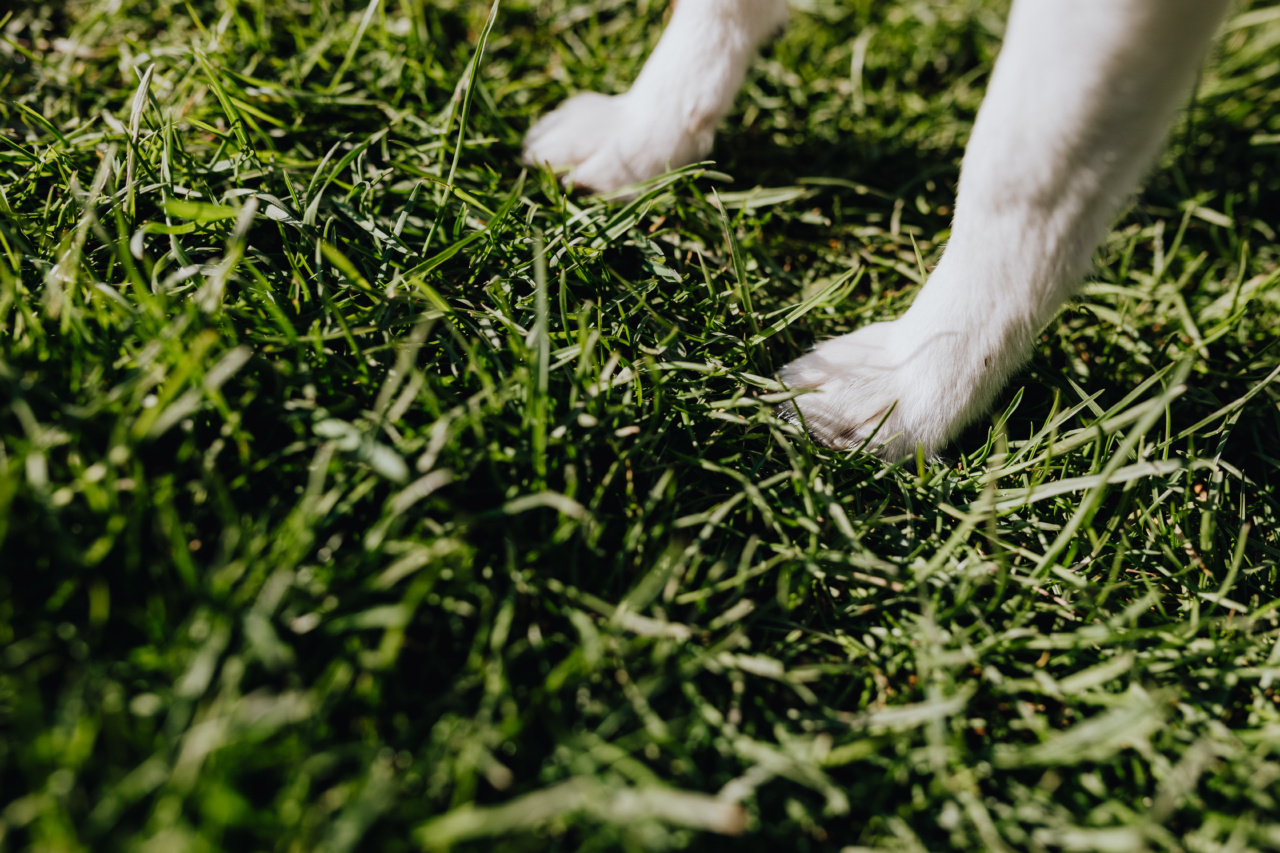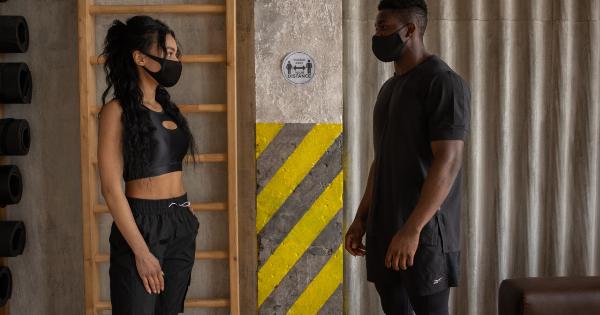Sun exposure is not just a concern for humans but for our furry friends as well. While some dogs are more resilient to sunburn and sun damage, certain breeds are considered high-risk and require extra protection from the harmful effects of the sun.
In this article, we will explore the breeds that are most prone to sun-related issues and discuss effective sun protection measures to keep your dog safe and comfortable.
1. Dalmatians
Dalmatians are well-known for their striking coat, which consists of a white base with black or liver spots. However, their unique coat pattern also leaves them vulnerable to sunburn.
The areas covered by spots lack pigmentation, making them more susceptible to harmful UV rays. Additionally, Dalmatians have relatively short hair, providing less natural protection from the sun.
2. Boxers
Boxers are large, muscular dogs with short coats. Their short hair offers minimal defense against the sun’s rays, putting them at high risk of sunburn.
Boxers also tend to spend a lot of time outdoors due to their active nature and require special attention when it comes to sun protection.
3. Bull Terriers
Bull Terriers have a distinct appearance with their egg-shaped heads and muscular bodies. These dogs have short, smooth coats that provide little to no protection against the sun.
Their lack of pigmentation in certain areas leaves them prone to sunburn, especially on their noses and ears.
4. Greyhounds
Greyhounds are known for their slender builds and sleek coats. While their coats may offer some protection, their skin is often more sensitive to the sun. Greyhounds have low body fat, which can make them more susceptible to sunburn.
It is crucial to protect their thin skin from prolonged sun exposure, particularly during peak daylight hours.
5. Chinese Crested
The Chinese Crested breed comes in two varieties: hairless and powderpuff. As the name suggests, hairless Chinese Crested dogs lack protective fur and have exposed skin.
These dogs require sunscreen application to prevent sunburn and potential skin issues. Powderpuff Chinese Crested dogs have longer hair but still need sun protection for exposed areas.
6. Whippets
Whippets are slender and elegant dogs with short, fine coats. While their fur provides some level of protection, their skin is more vulnerable to sunburn.
Whippets have a higher risk of developing skin cancer, making it crucial to shield them from excessive sun exposure.
7. Vizslas
Vizslas are active, energetic dogs with short coats that offer minimal sun protection. These dogs have a higher risk of sun damage due to their lighter hair color and lighter skin pigmentation.
Extra care should be taken to protect their sensitive skin from the sun’s harmful rays.
8. Australian Shepherds
Australian Shepherds have beautiful, thick coats that protect them from various weather conditions. However, their fur is not sufficient in shielding them from the sun.
These dogs are prone to sunburn, especially on areas with thinner hair coverage, such as their noses and bellies. Adequate sun protection is vital to prevent discomfort and potential health issues.
9. Bulldogs
Bulldogs have unique facial structures with short, wrinkled muzzles. Unfortunately, these characteristics make them more susceptible to sunburn and skin damage.
The exposed skin on their faces and ears requires protection from the sun’s harmful rays, especially during hot and sunny days.
10. Poodles
Poodles are known for their curly, dense coats, which provide some sun protection. However, their areas with thinner hair coverage, such as their bellies and muzzles, are vulnerable to sunburn.
Additionally, lighter-colored poodles (e.g., white or apricot) have less natural defense against the sun. Sun protection measures should be taken to keep poodles safe from sun-related issues.
Sun Protection Measures for Dogs
Now that we have identified the high-risk breeds, let’s discuss some effective sun protection measures to keep your dog healthy and comfortable:.
1. Limit Sun Exposure
Avoid exposing your dog to direct sunlight during peak hours, typically between 10 am and 4 pm. If possible, plan outdoor activities for earlier or later in the day when the sun is less intense.
Provide shaded areas where your dog can rest and relax, especially when temperatures are high.
2. Apply Dog-Safe Sunscreen
Not all sunscreens are suitable for dogs. Consult with your veterinarian to find a dog-safe sunscreen and apply it to areas most prone to sunburn, such as the nose, ears, and belly.
Human sunscreen, especially those containing zinc oxide, can be toxic to dogs, so be sure to use a sunscreen formulated specifically for canine use.
3. Invest in Protective Clothing
If your dog tolerates wearing clothes, consider investing in lightweight, breathable clothing that provides sun protection. There are specially designed dog shirts and hats that offer UV protection and cover vulnerable areas.
Ensure the clothing fits properly and does not restrict your dog’s movement or cause discomfort.
4. Provide Adequate Hydration
Staying hydrated is essential for dogs, especially during hot and sunny days. Ensure your dog has access to fresh water at all times, both indoors and outdoors.
Consider carrying a portable water dispenser when going on walks or trips to ensure your dog can rehydrate when needed.
5. Create a Dog-Friendly Sunscreen Routine
Establish a sunscreen routine for your dog, especially if they are part of a high-risk breed. Apply sunscreen before going out for walks or any outdoor activities.
Reapply as directed by your veterinarian or the sunscreen’s instructions, especially after swimming or if your dog starts to exhibit signs of sunburn.
6. Keep Outdoor Surfaces Cool
Hot surfaces, such as concrete, pavement, or sand, can significantly increase the temperature around your dog. When walking your dog, choose shaded paths or grassy areas to minimize paw pad burns.
You can also consider using booties or paw wax to provide additional protection and insulation.
7. Monitor Your Dog’s Behavior
Pay attention to any changes in your dog’s behavior, such as excessive panting, lethargy, or reluctance to move. These could be signs of heatstroke or discomfort due to sun exposure.
If you notice any concerning symptoms, seek veterinary assistance immediately.
8. Regular Vet Check-Ups
High-risk breeds may require more regular check-ups with your veterinarian to monitor any sun-related issues. Regular examinations can help detect early signs of sun damage or skin cancer.
Your vet may suggest additional preventive measures or treatments to ensure your dog’s well-being.
9. Provide Natural Shade
If your backyard lacks natural shade, consider creating shaded areas using canopies, umbrellas, or strategically placed trees. This will provide your dog with safe havens to retreat from the sun and relax comfortably outdoors.
10. Educate Others
Spread awareness about the risks of sun exposure and the importance of sun protection for dogs.
Share your knowledge with fellow dog owners, friends, and family to ensure they are well-informed and can take measures to keep their furry companions safe from the harmful effects of the sun.





























